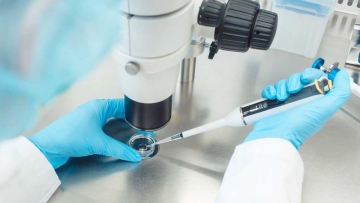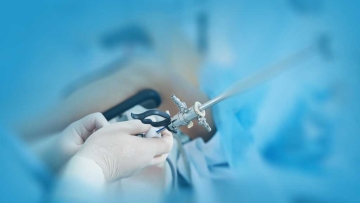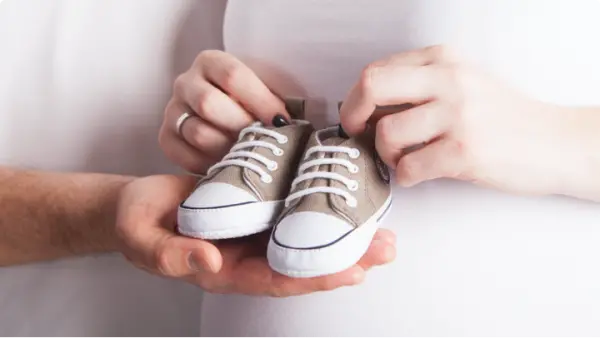Cryopreservation
Cryopreservation (preservation by freezing) is the process of preserving cells, tissues or organs by cooling at very low temperatures. Cryopreservation can be used to freeze and store sperm, eggs, embryos and ovarian tissue for future use, with view to have a chance of achieving conception
What is the role of Cryopreservation in Assisted Reproductive Technology (ART)?
Cryopreservation plays an important role in medically assisted reproduction. Cryopreservation allows storing sperm, eggs, embryos and ovarian tissue for fertility preservation for a longer duration. Fertility preservation by cryopreservation is recommended for individuals –
- who will undergo treatment that can affect their fertility, such as radiotherapy, chemotherapy, or major surgery on or in the vicinity of reproductive organs.
- who are at increased risk of premature loss of eggs or sperm due to certain genetic conditions e.g. Klienfelter syndrome in men or Turners syndrome in women.
- who are going through assisted conception treatments and have supernumerary embryos that need to be saved for later use.
- who produce a very low sperm concentration and therefore will be best served by having a frozen sperm back up, in case no sperm available in fresh ejaculate on the day of egg collection.
- Who wish to delay fertility for social/ personal reasons.
What are the different types of methods of cryopreservation?
Cryopreservation can be done by
- Slow freezing
- Vitrification (fast freezing): this is the best and most used way to preserve sperm, eggs and embryos. The survival rates for the cells frozen with this technique are high, with good outcomes .
Sperm freezing:
Semen samples are collected and checked under a microscope to count sperm cells and check if they are healthy. These sperm cells are then frozen and stored for future purposes.
Egg freezing:
Egg freezing requires treatment similar to IVF and has multiple steps including ovarian stimulation, egg retrieval, and freezing.
- Ovarian stimulation is the first step to produce multiple eggs
- These eggs are later retrieved out of the woman’s body by a vaginal procedure known as egg retrieval.
- Finally, the retrieved eggs are frozen by a process known as vitrification. This process helps to preserve the eggs in a stable condition for future use
Embryo freezing:
Once the eggs are available as above, they can be fertilised with sperm by the process of IVF or ICSI, to make the embryos Day 2-5 embryos can be then subject to vitrification technique (fast freezing) and stored for longer periods of time. Ovarian tissue:
Ovarian tissue can also be taken out and frozen for very young girls or women in need of urgent start to a cancer treatment.
The Takeaway
Serious diseases including cancer and their treatment can lead to damage to eggs or sperm. In these difficult situations or if there is a personal reason to delay fertility – eggs, embryos, sperm and ovarian tissue can be stored for months or years with help of fast freezing technique and can later be thawed to achieve a pregnancy to have a chance of having a biologically own child.
If you need more information or are in any situation where you will benefit from fertility preservation, get in touch with us at ART Fertility Clinics for expert advice and guidance.





